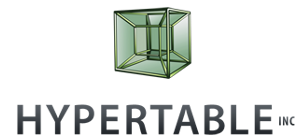Three Nodes and One Cluster: Demo of ElasticSearch's Distributed Features
One of the most alluring features of ElasticSearch [https://www.elasticsearch.org/] are the distributed features: it makes it trivial to scale by adding nodes to the cluster. But how does all that work? In our talk, we would like to perform a live on-screen demo of operating a small ElasticSearch cluster of three nodes. Each of the nodes will be manned by one speaker, and we would like to present: * how adding and removing nodes together with configuring index shards and replicas affects a running cluster, * what the cluster health states, “green”, “yellow” and “red” mean, * when the rebalancing of the cluster happens and how it works, * how the cluster operates in the “red” state, * how the shards and replicas settings affect cluster performance, * describe different possible network topologies of ElasticSearch. After the talk, ElasticSearch novices should be able to understand what precisely goes on when they add a node to ElasticSearch cluster, and intermediate or advanced users should take joy in seeing familiar concepts appearing on screen, in a clear, unambiguous manner. The three speakers will be: Shay Banon [https://twitter.com/kimchy] is the author of ElasticSearch. Karel Minařík [https://twitter.com/karmiq] is the author of the Ruby library for ElasticSearch, Tire, and is spreading the word on ElasticSearch through the Ruby community. Lukáš Vlček [https://twitter.com/lukasvlcek] is the author of the BigDesk monitoring utility for ElasticSearch and has been using ElasticSearch since its early releases for the upcoming JBoss.org community search.
Watch the video of Karel Minarik's talk here.
- Login to post comments


















